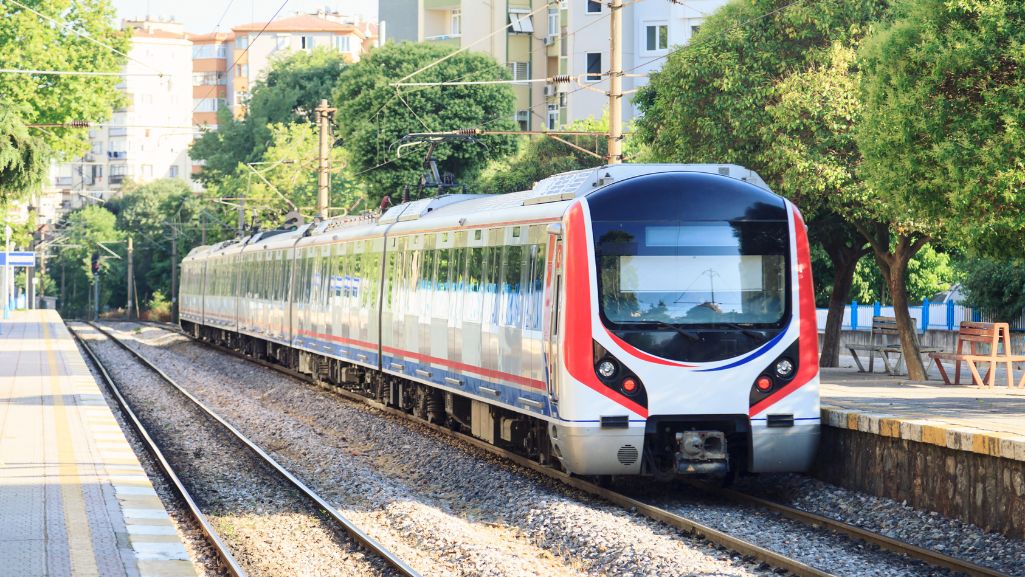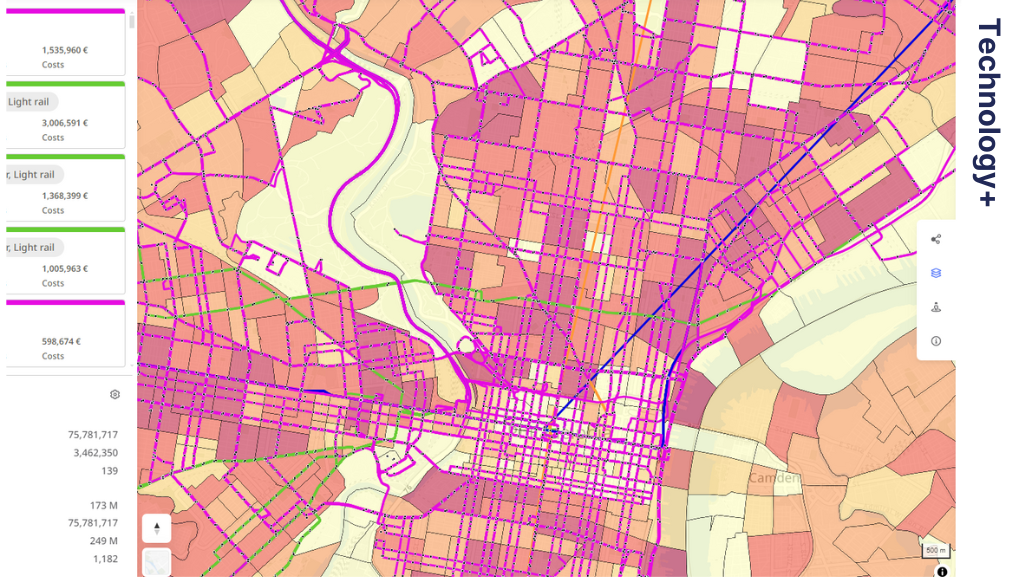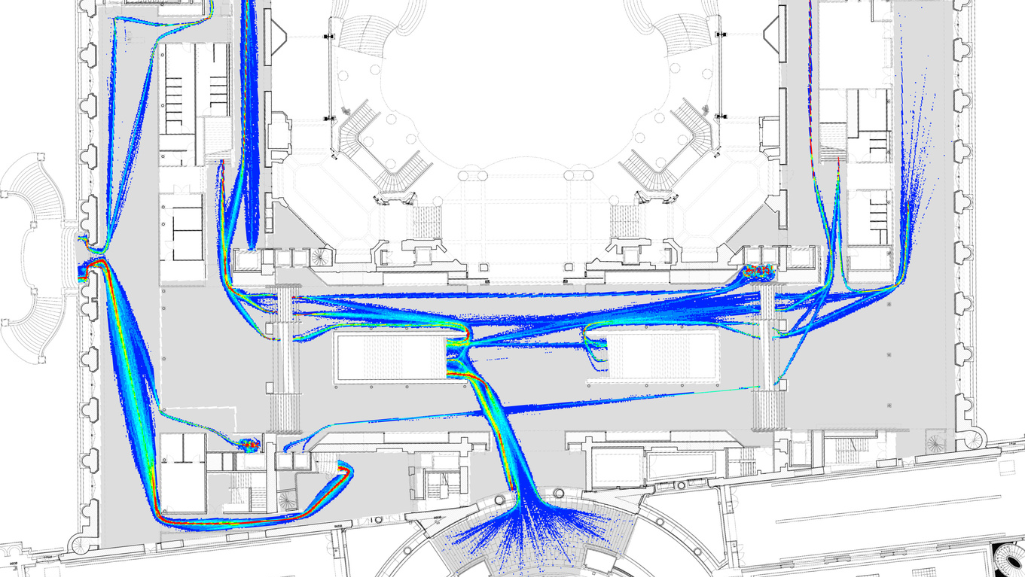Public transport service planning is one of the most important aspects of managing mass transit systems. As reflected in the PTV Public Transport Trends Report, good service planning has huge effects on passengers’ experience and on the costs for public transport operators.
Luckily, innovative software tools can help operators and authorities to optimize service planning. Here’s a look at how to speed up and improve this process, while minimizing the uncertainties that accompany it.
What is public transport service planning?

Public transport service planning involves designing the network and creating timetables. The aim is to provide passengers with reliable and convenient public transport while minimizing the operator’s efforts.
By engaging in service planning, operators can address common operational challenges, including:
- Overcrowded busses in the morning due to transport of pupils
- Passengers missing connections at certain stops because of delays
- Adjusting bus and train services during construction works at bridges and roads
- How to shorten bus lines when an adjacent tram line is extended
Software for public transport service planning
Like in many other areas of mobility, software can greatly improve public transport service planning and speed up the digitization.
With software, public transport planners can combine multiple scenarios, integrate data from other departments, and present plans to stakeholders. This can also be useful when exploring ways to make public transport more sustainable.
Compared to manual methods like pen-and-paper or Excel sheets, modeling in specialized software helps to speed up service planning and better predict how changes will affect the network.
The recent pandemic highlighted the benefits of modeling in public transit service planning: Extensive adjustments to timetables, due to health or cost requirements, were made possible at short notice and with less errors.

Service planning with PTV Group software

As a global leader of mobility solutions, PTV Group offers two software for public transport service planning:
- PTV Lines – an easy-to-use web-based platform for public transport service planning. It enables public transport planners to quickly sketch network design and timetables, and to compare costs and benefits.
- PTV Visum – a multimodal planning suite for mobility modelers. It offers detailed analyses of the utilization of the public transport supply, and its effect on the modal split.
To understand which of the two software is the right one for your needs, we’ve created this short guide.
Public transport service planning with PTV Lines
PTV Lines is an easy-to-use web-based platform for public transport planning. It provides planners with all functionalities for a rapid design and modification of new and existing public transport supplies.
With PTV Lines, planners easily import the current network and timetables, adjust the supply, and instantly see the effects. Building and duplicating scenarios is simple, so it is easy to investigate multiple scenarios.
The results are presented as digitalized timetables. You can export them to PTV Visum for further investigation, or import them into an operational system.
PTV Lines supports effective collaboration: Planners can share the results with all other relevant departments and stakeholders.
PTV Lines also enables service planners to do the following:
- Upload supply data in different formats
- Create and compare numerous scenarios
- See on-the-fly calculated run times during sketching or editing of line routes
- Change dwell and run times of line routes in a simple schematic view
- Timetable editing
- Predict operation costs and supply KPIs

PTV Visum for public transport service planning

PTV Visum is the world’s leading transport planning software. Indeed, it is the standard for macroscopic simulations and modelling of mobility networks, including public transport. Therefore, planners worldwide use PTV Visum for the development of transport strategies and solutions.
For public transport service planners, PTV Visum models urban transport supply in detail. The main advantage of PTV Visum is its multimodal approach: It predicts how measures in public transport will affect other modes of mobility, like cars, bicycles, ride-sharing services, and more.
Here’s how PTV Visum was used to model the entire transport network in Tallinn, Estonia, and planned improvements to public transport services in Barcelona.
PTV Visum takes demand into account. In addition to modeling the supply and the costs, it also calculates ridership – and the resulting benefits, such reduction in car use.
Planners also use PTV Visum to rate measures, which is often a condition to get funding. The software supports the official German method of doing cost/benefit studies.
Another key feature of PTV Visum is detailed modeling of transfers and connections. The dedicated transit data model depicts realistic behavior.
Other features that make PTV Visum ideal for visualizing public transport services include:
- Graphical timetable editor.
- Transfer display that depicts all transfers in a given time on one stop.
- Schematic line diagram that supports planning of supply with quick overview.
- One software suite: changes in one view are immediately updated in the other, and syncing is possible.
Conclusion
Public transport service planning has an immense effect on the operations of operators and on the experiences of commuters.
Using software to model planned changes to services greatly reduces the risks and the costs to operators, like this example from the Swiss Federal Railways. It also ensures passengers’ comfort and travel experience.




